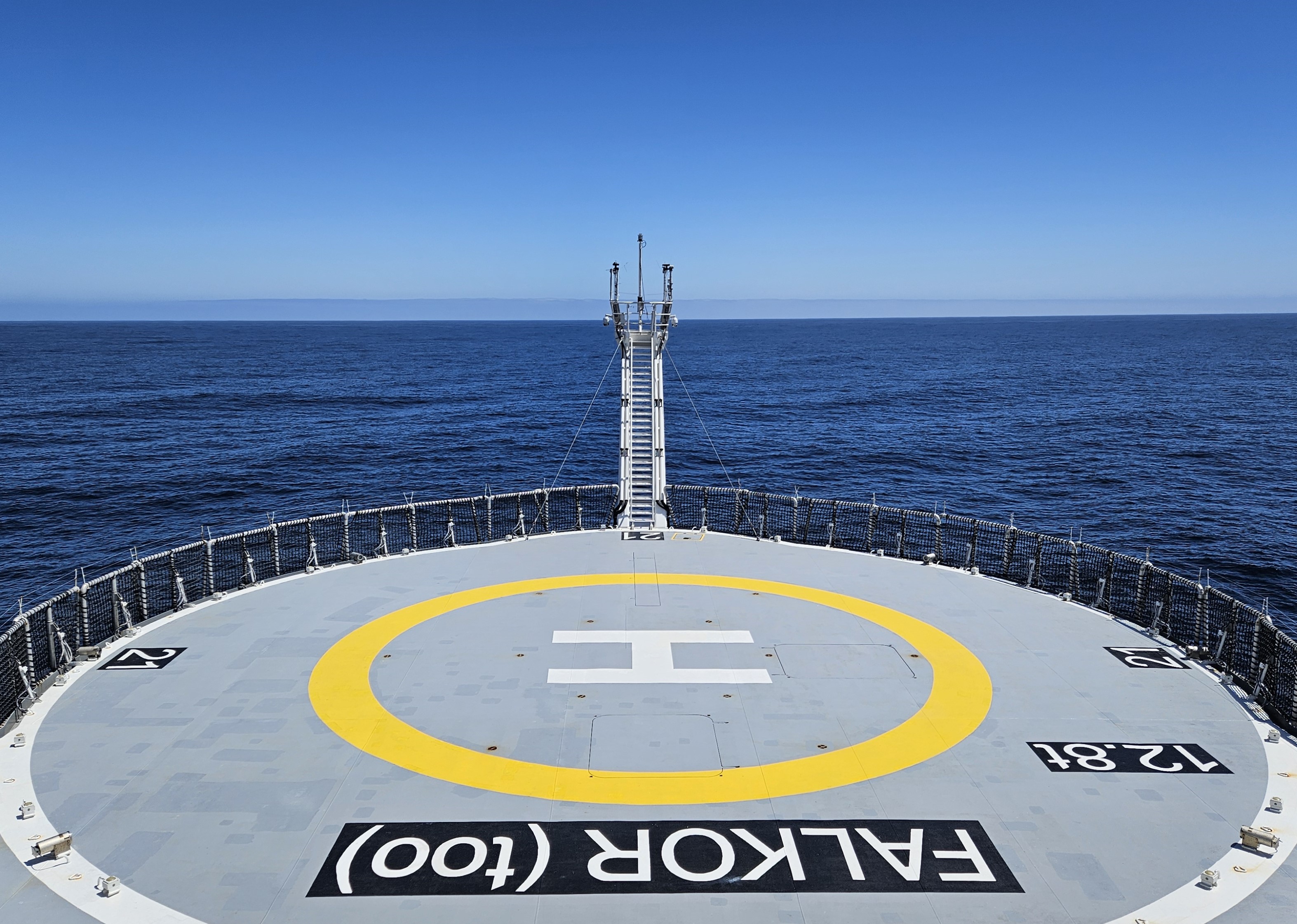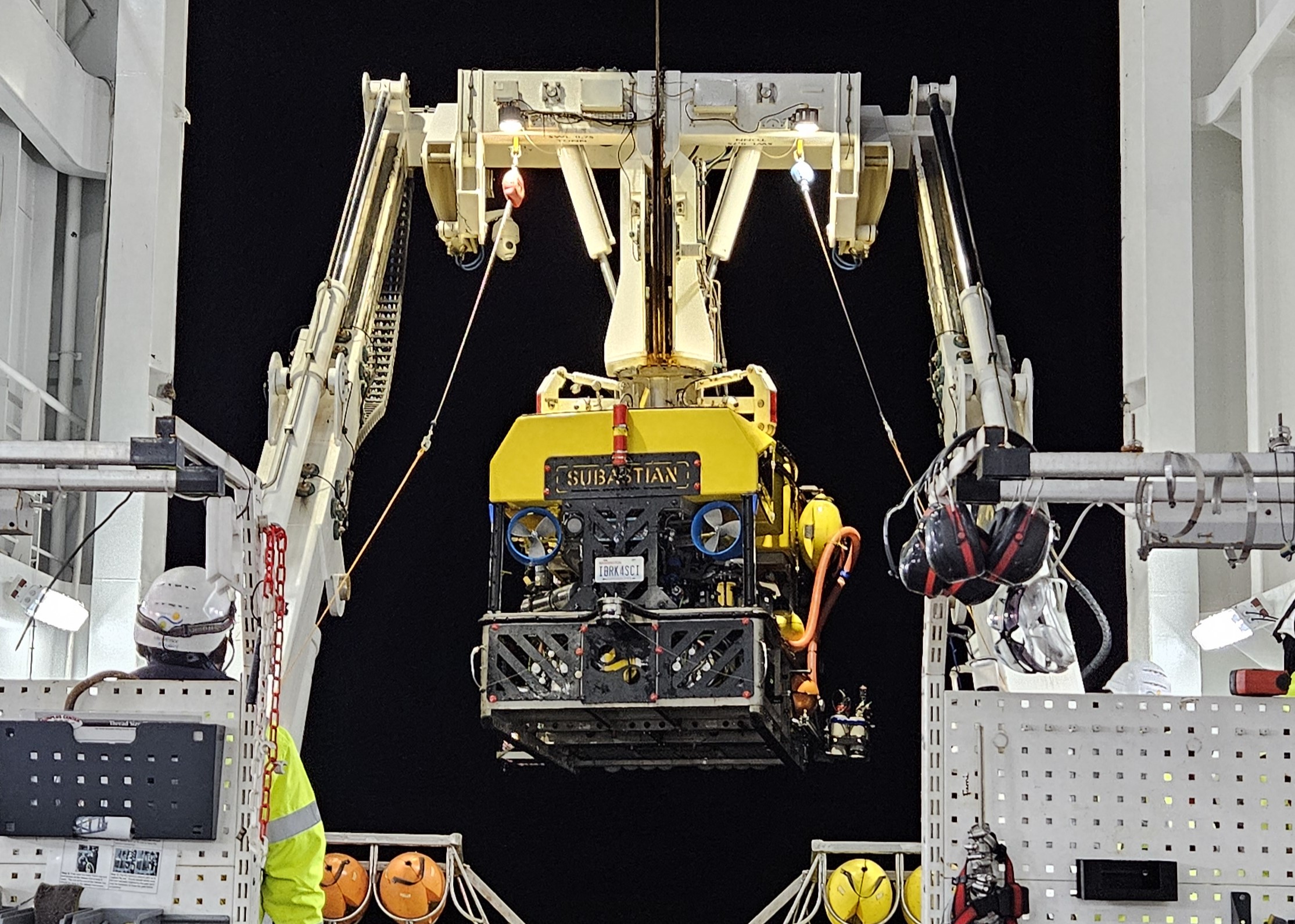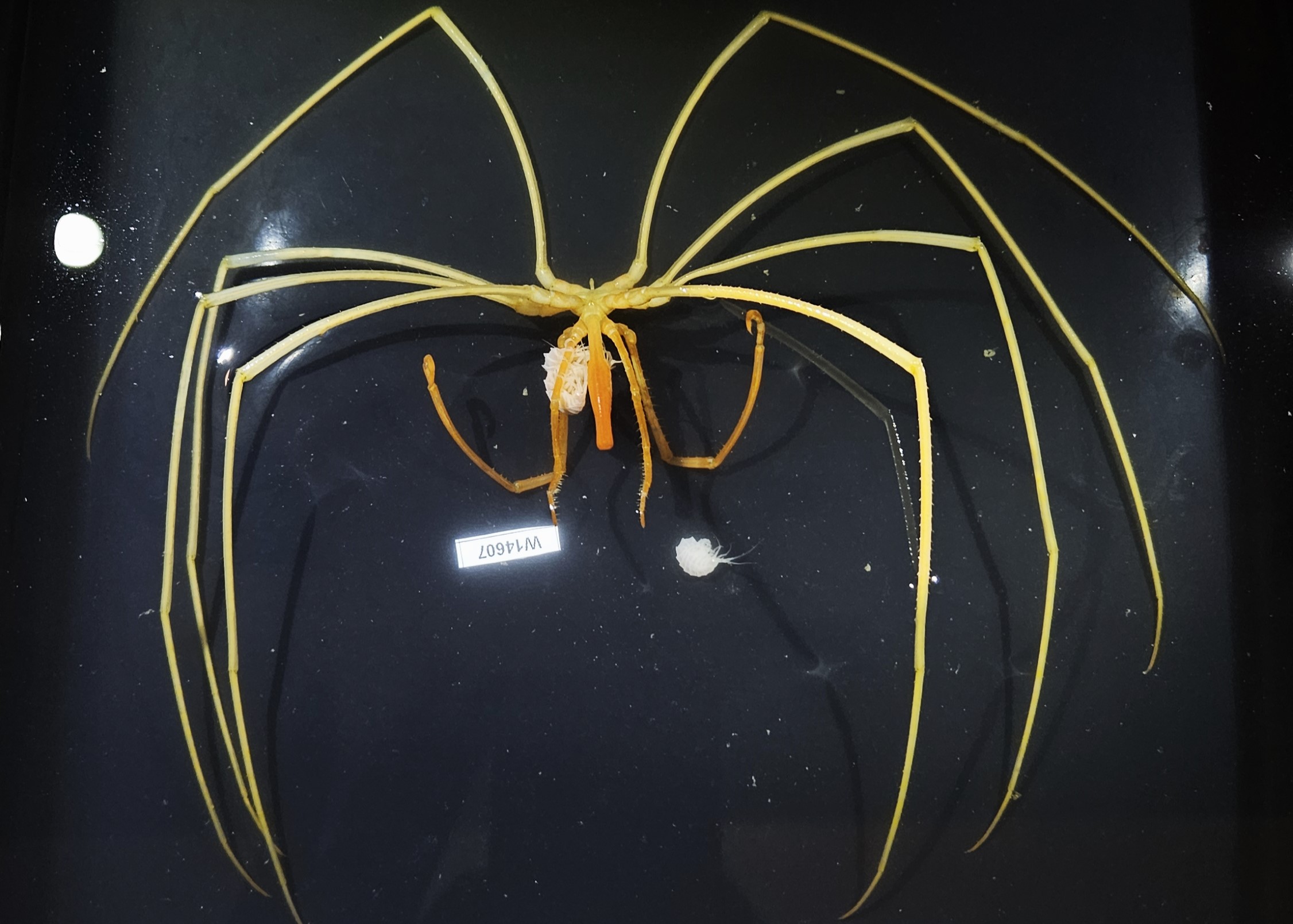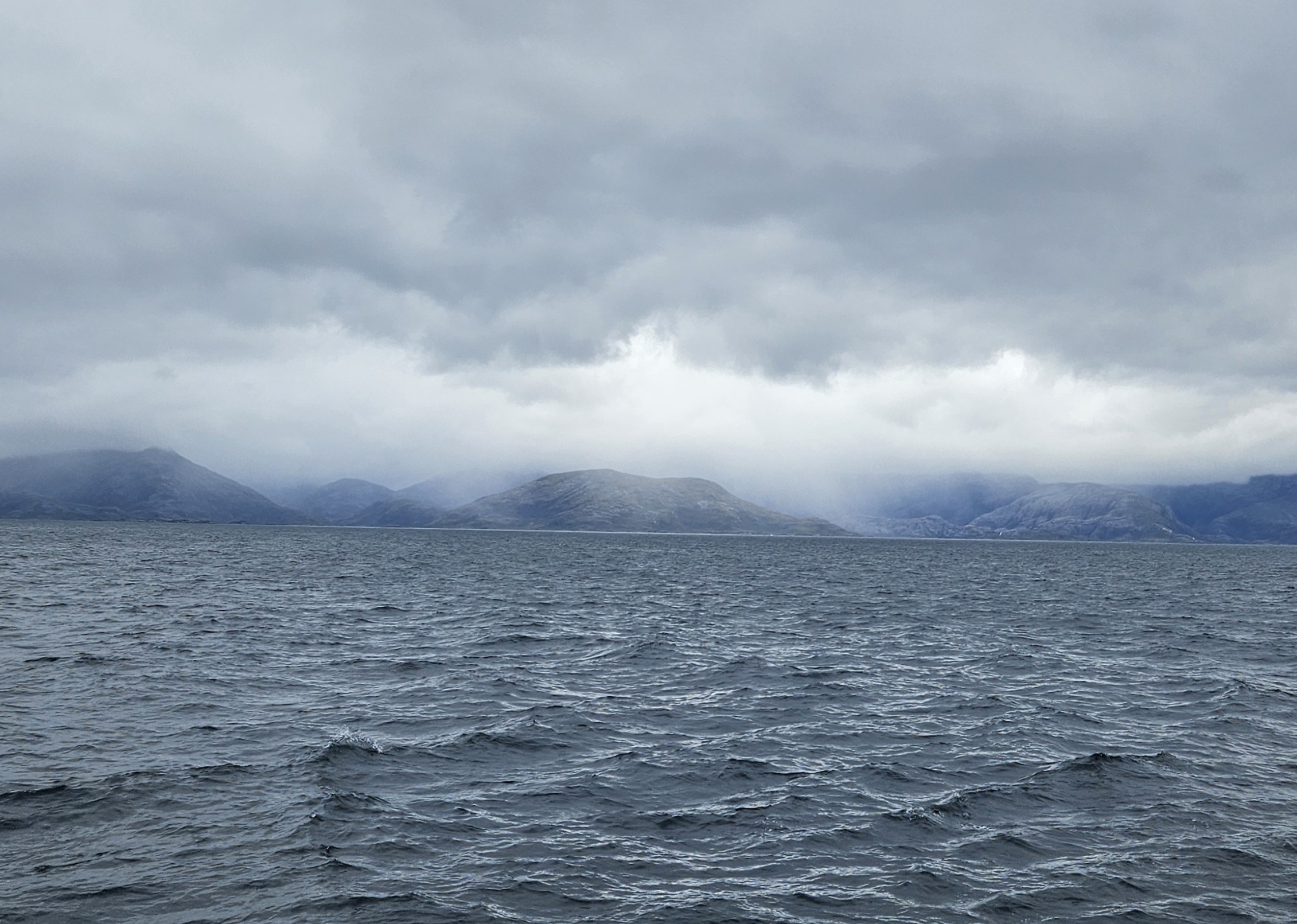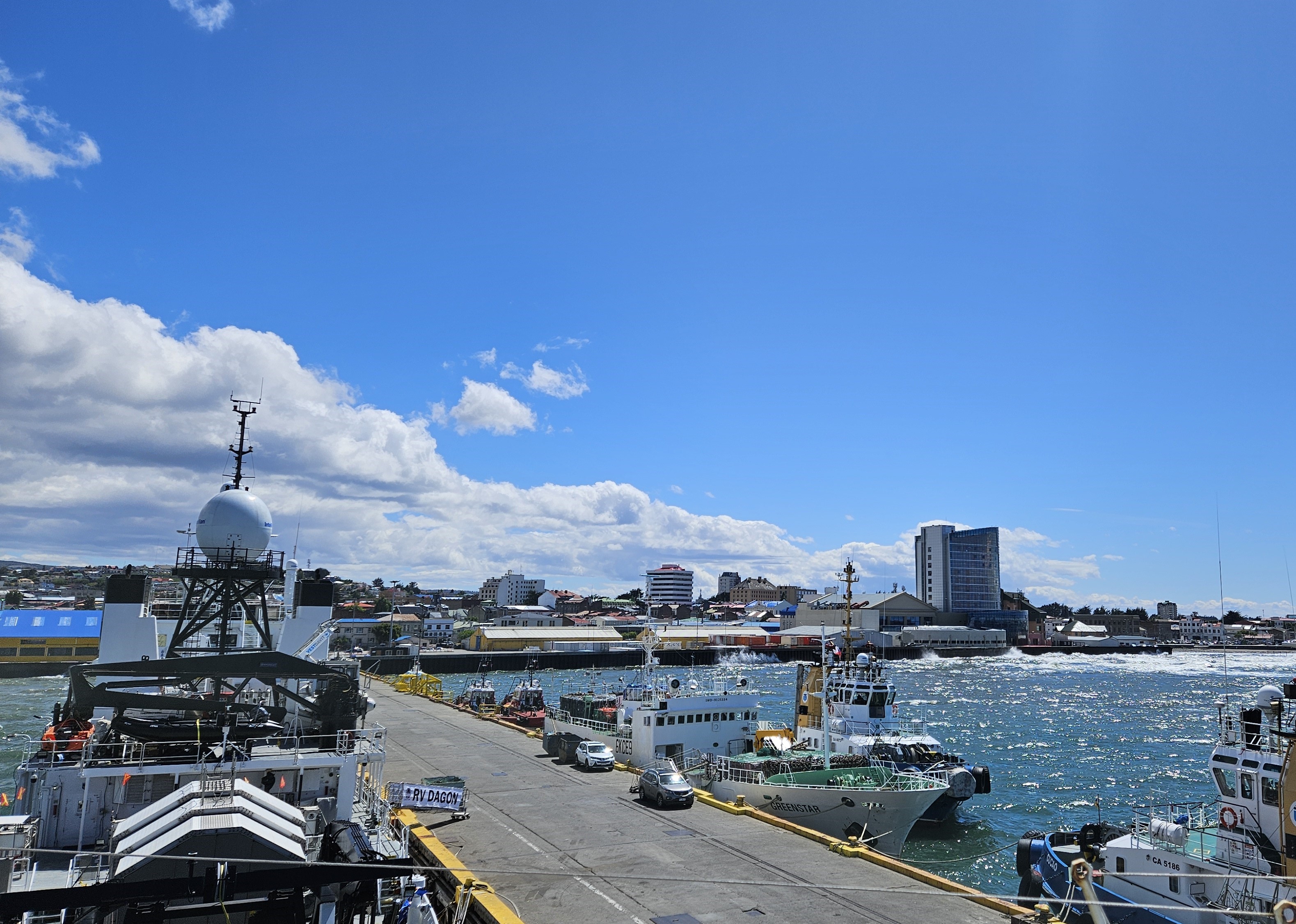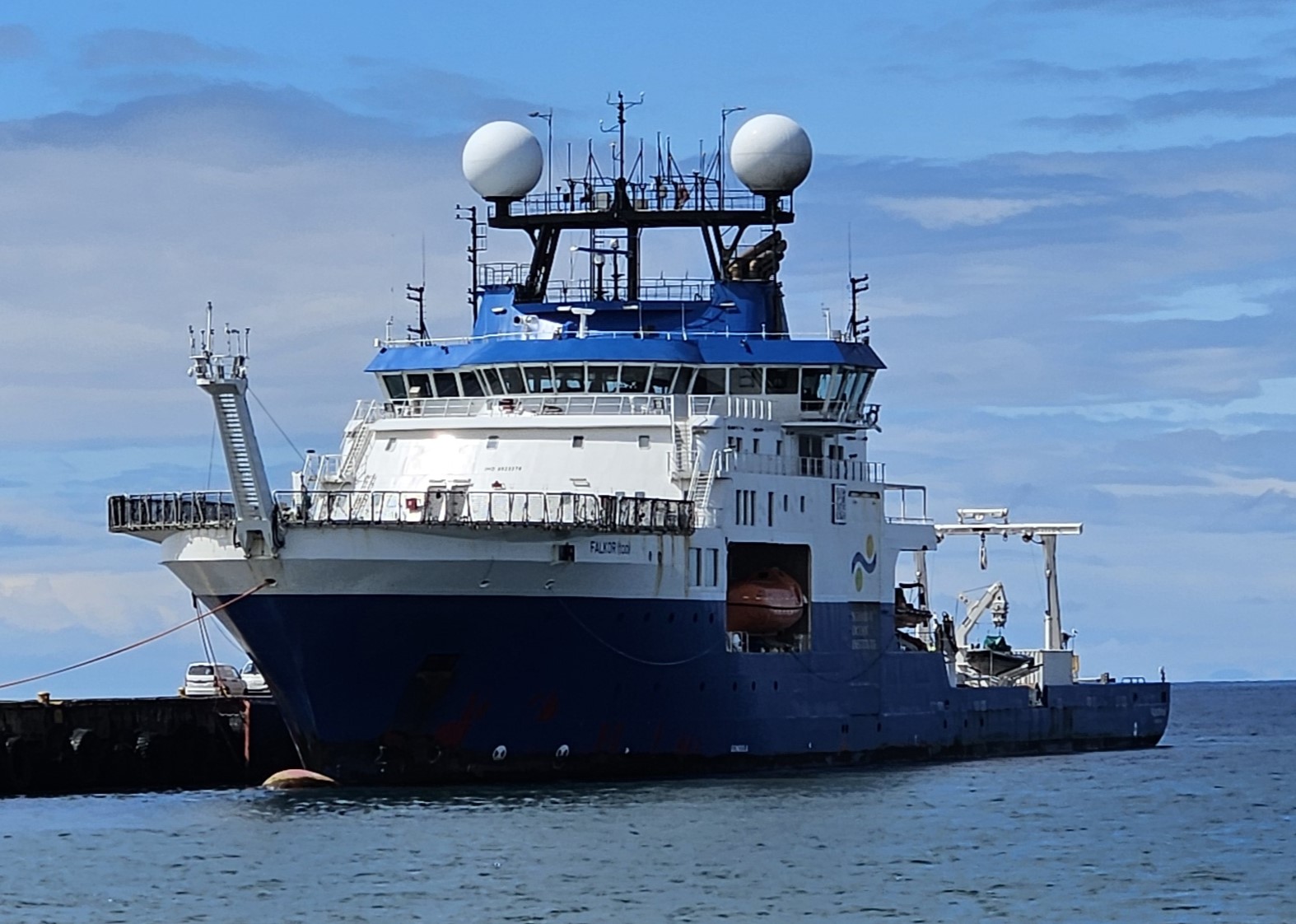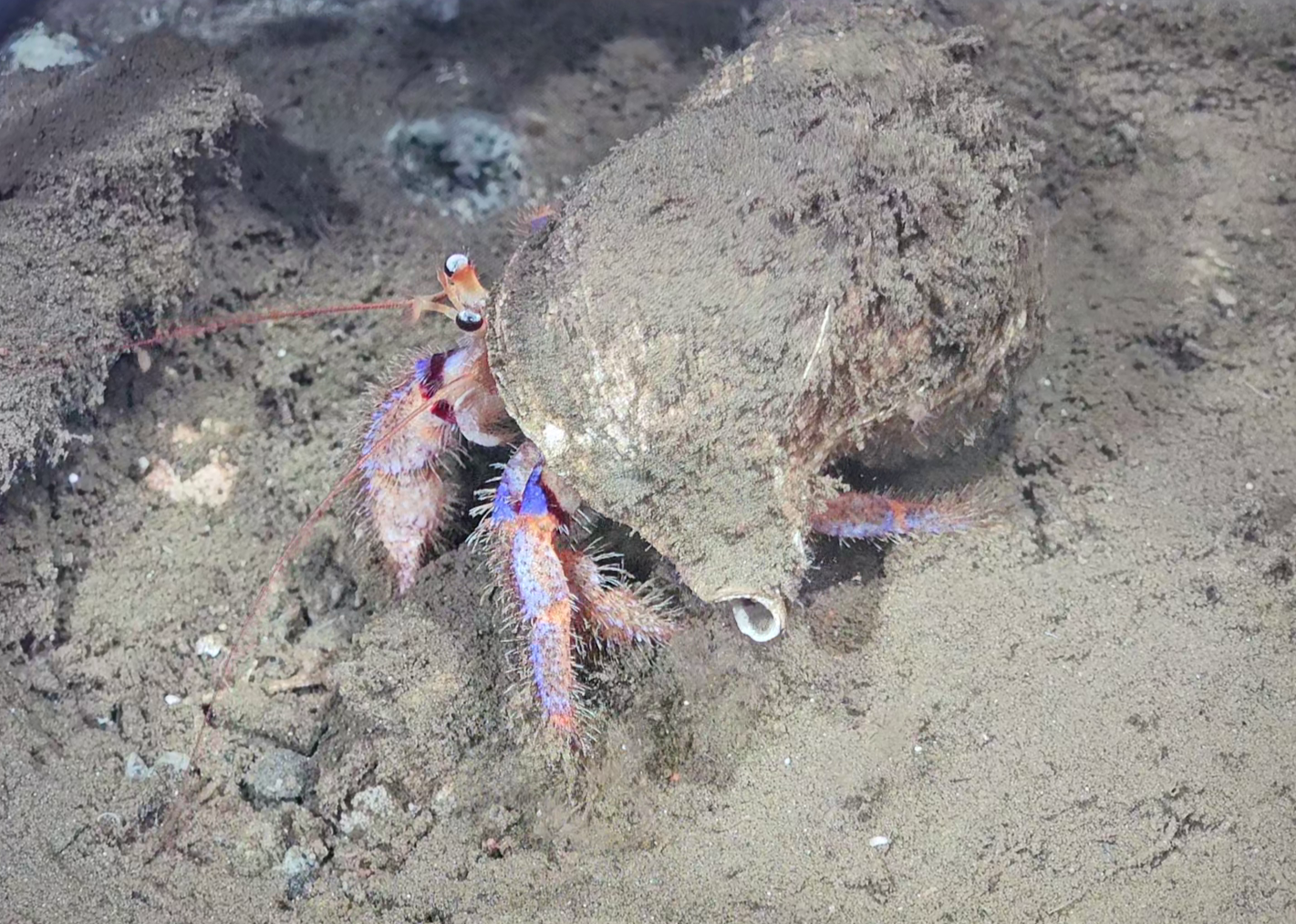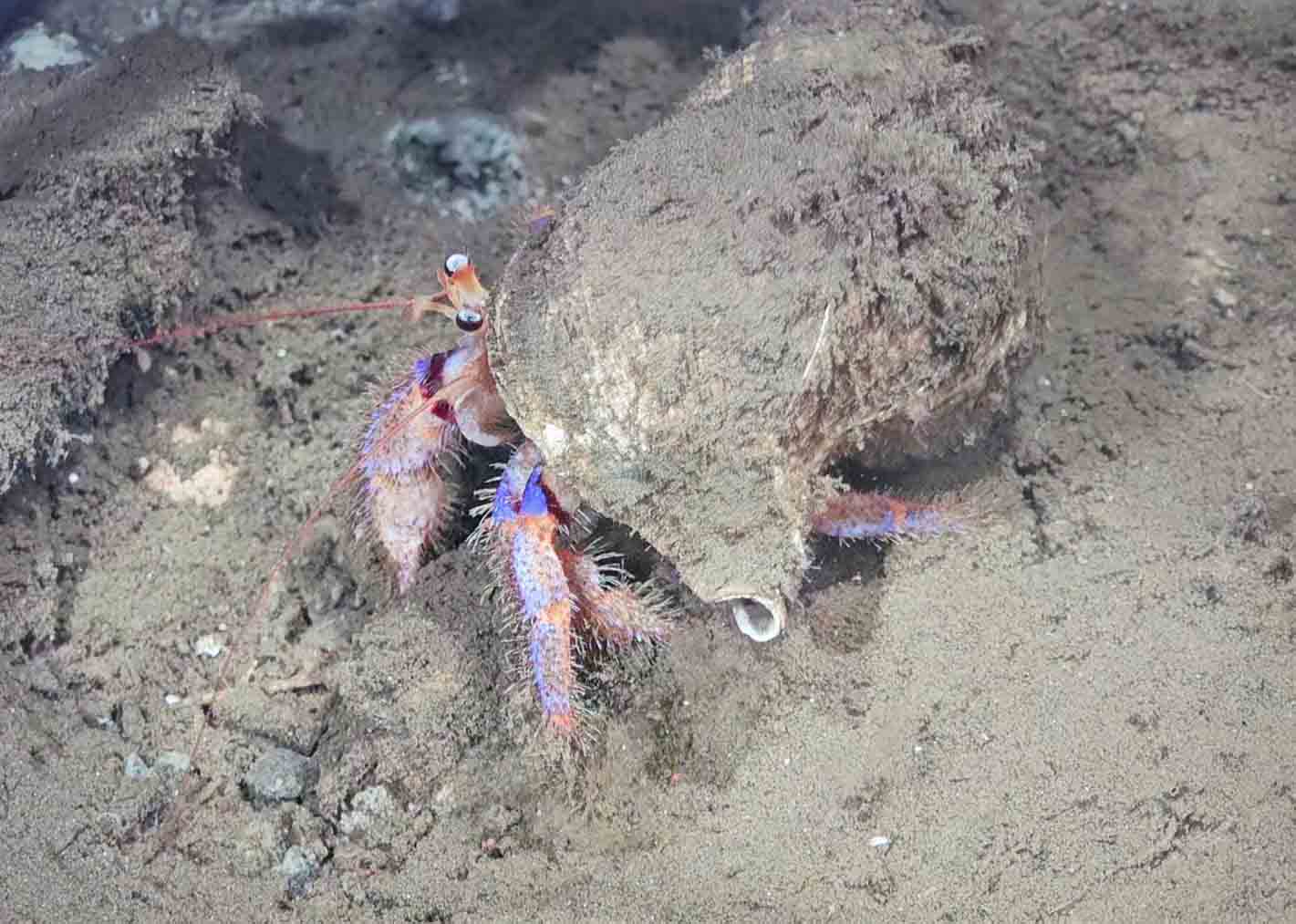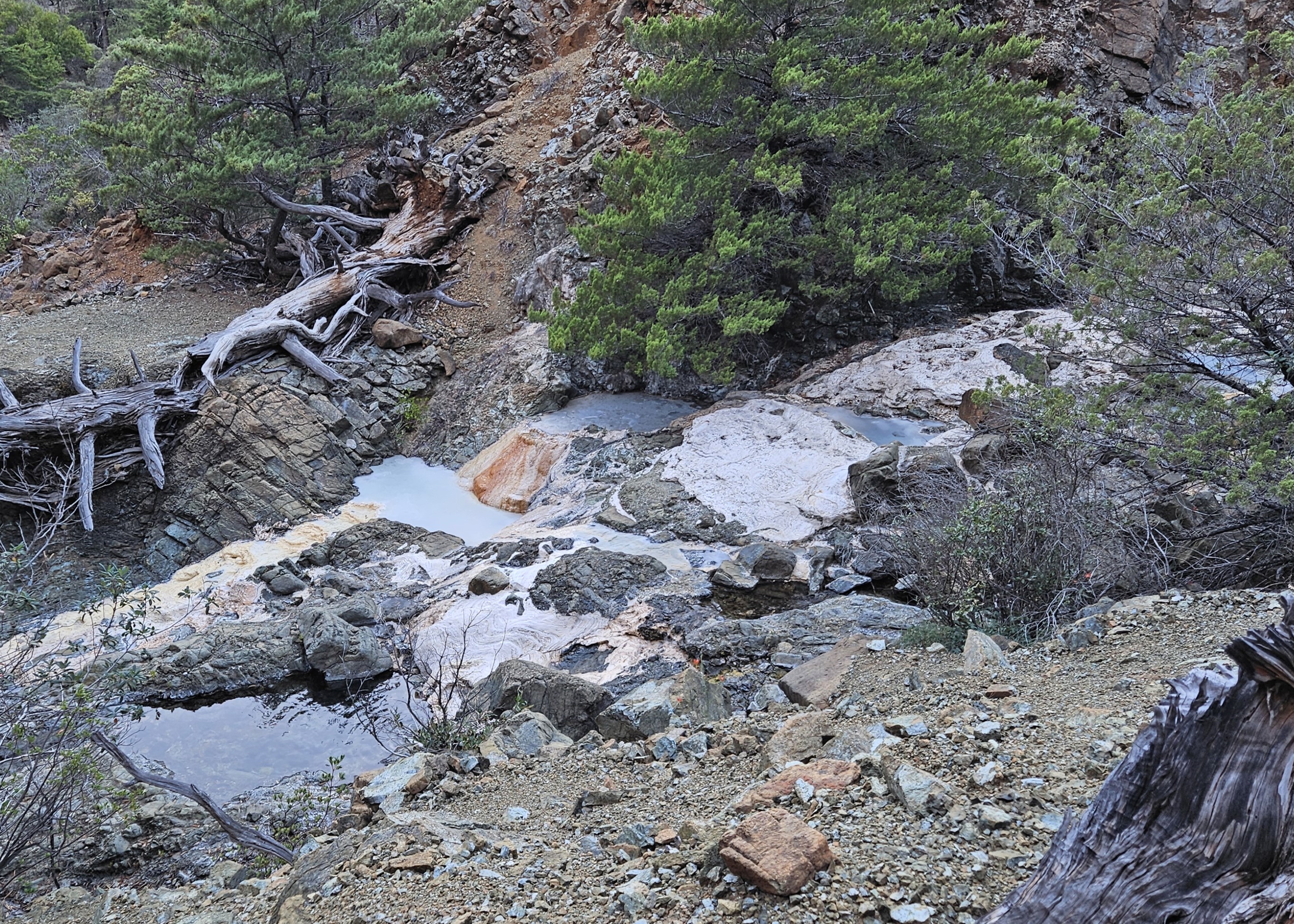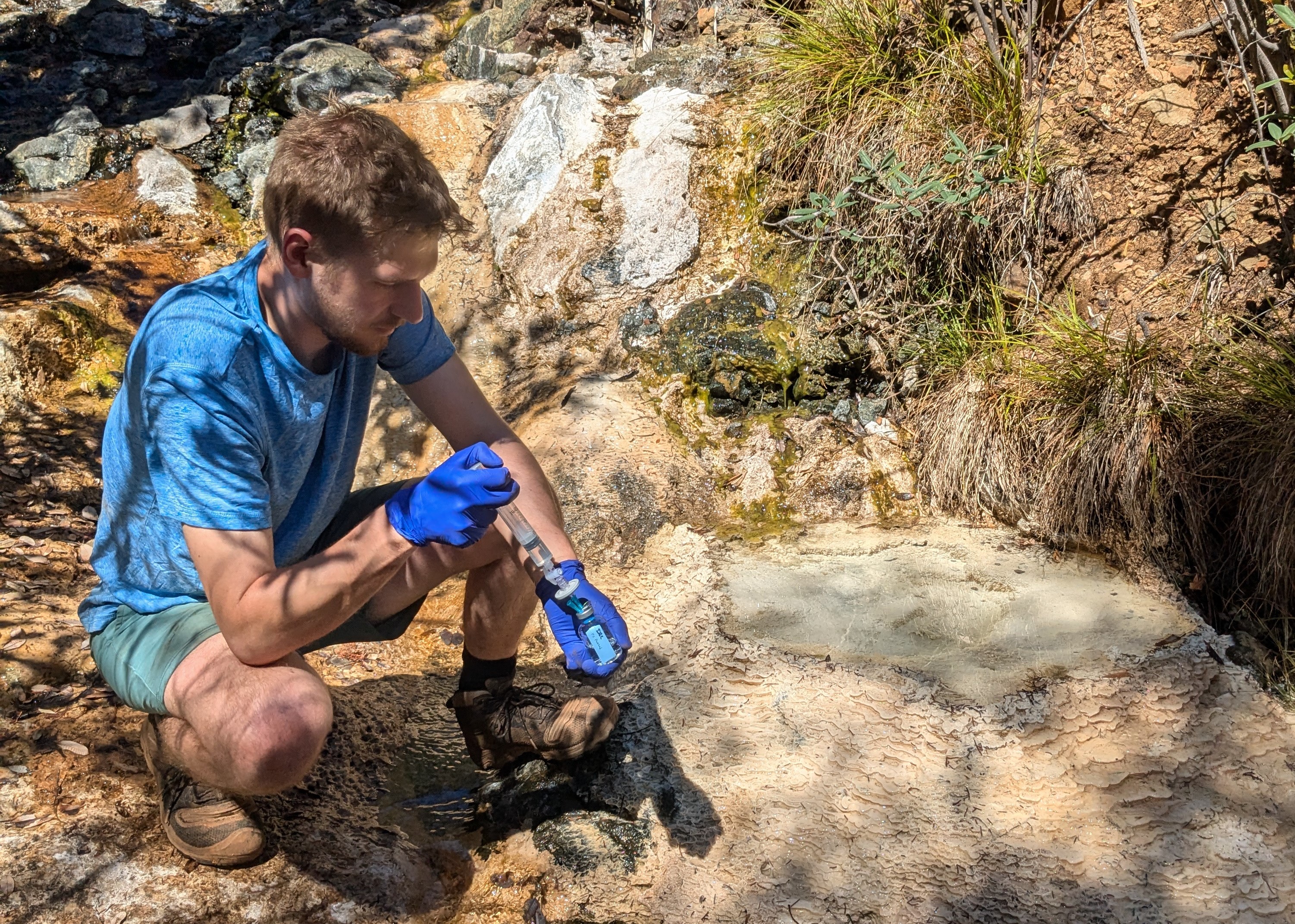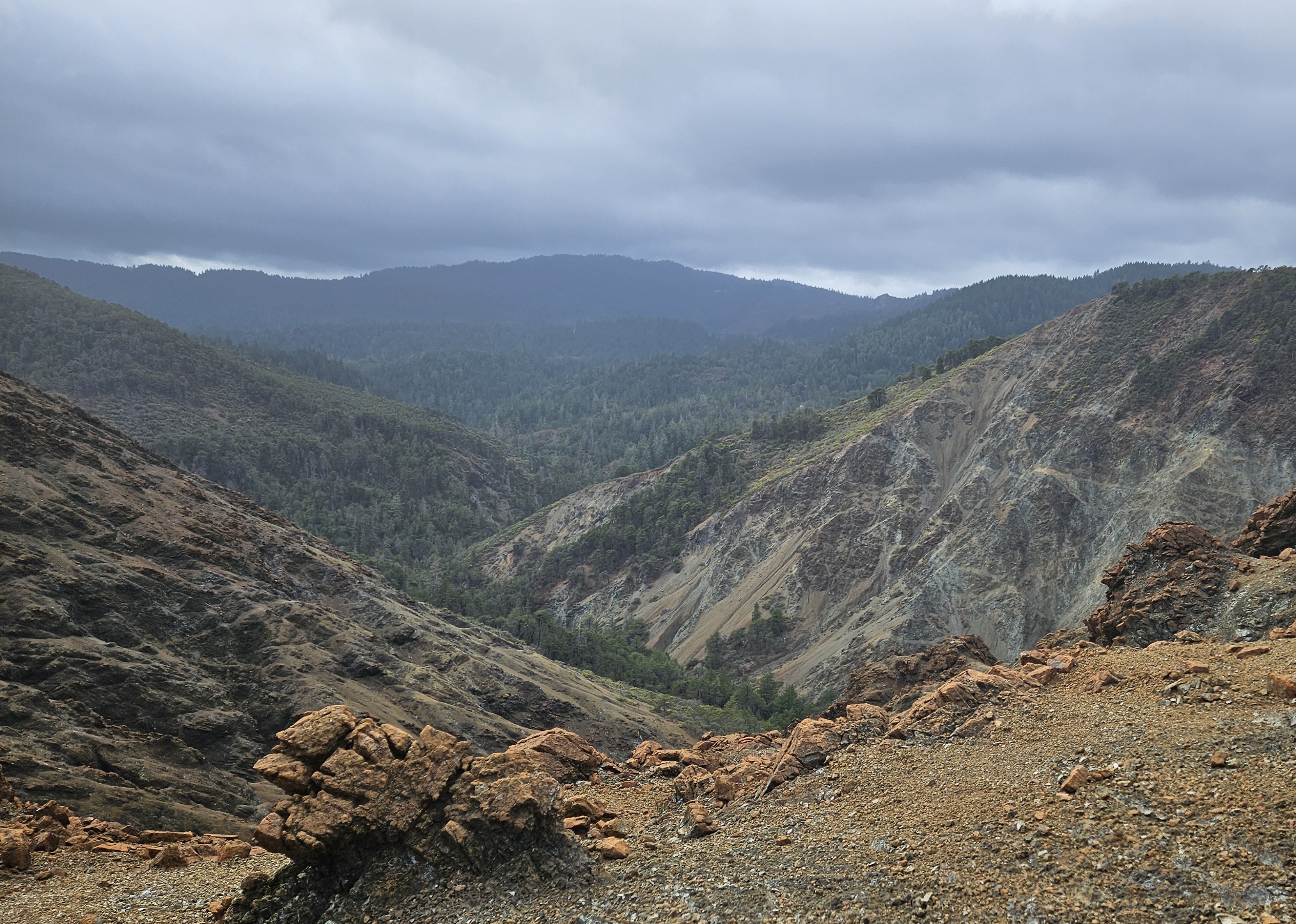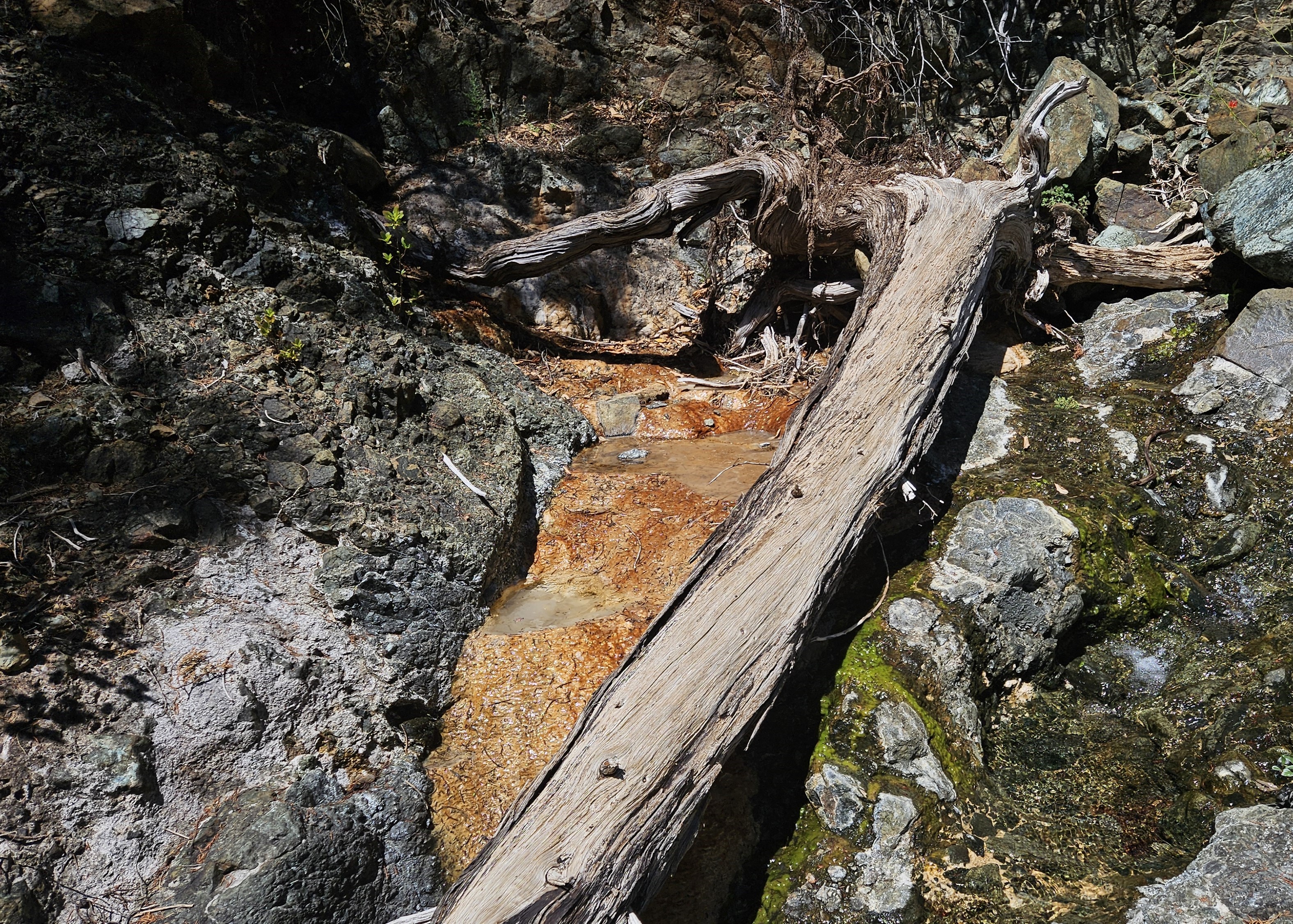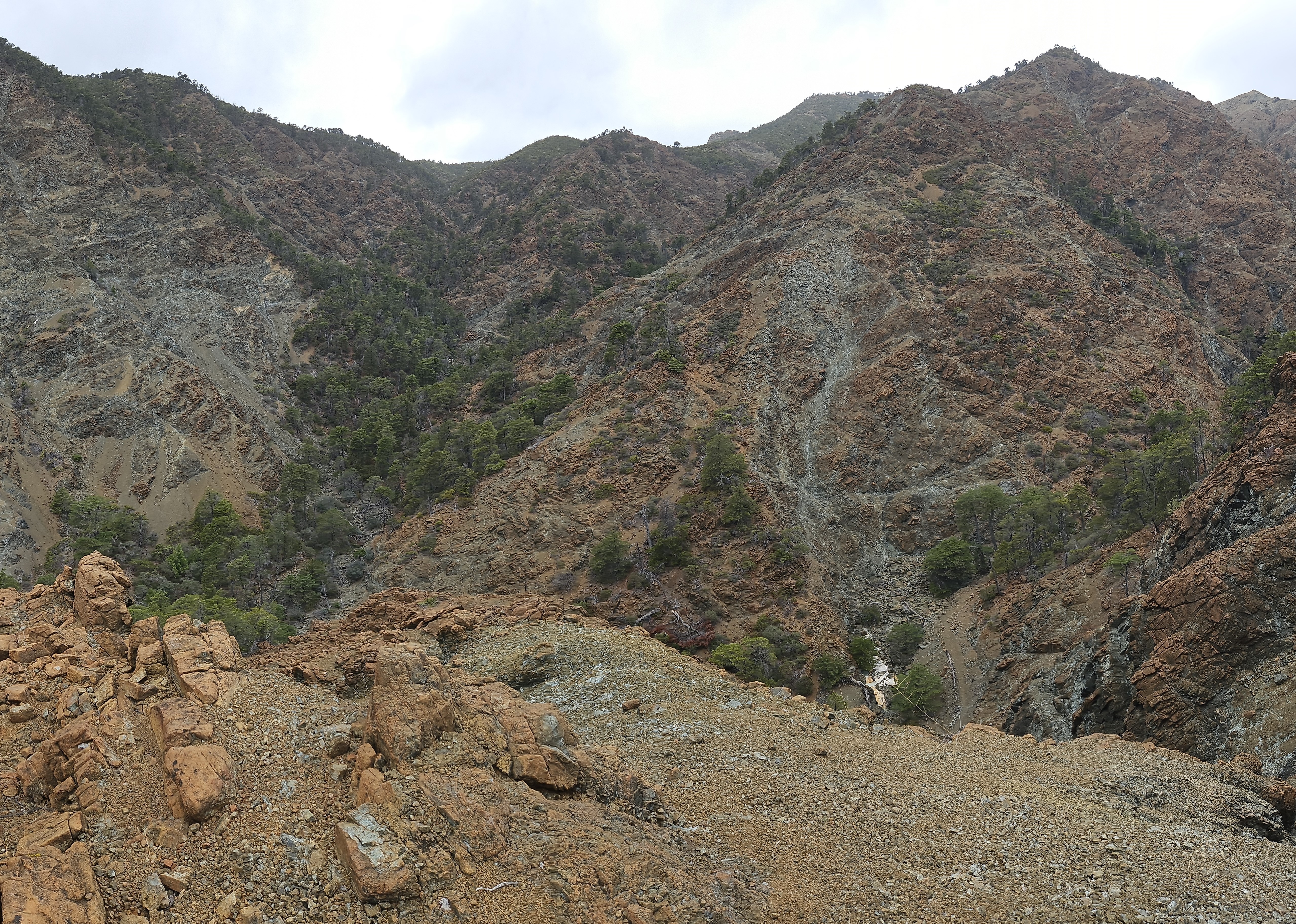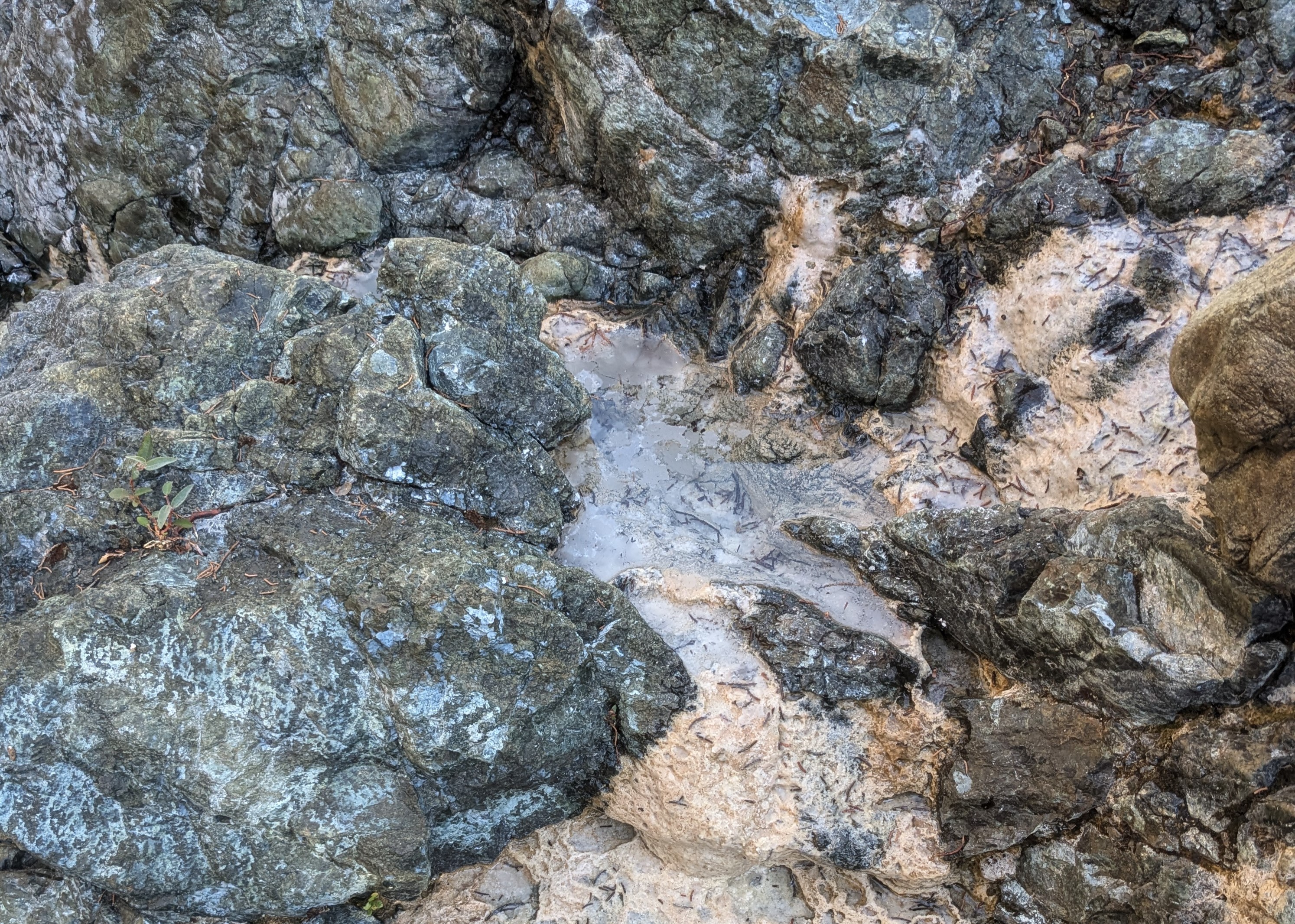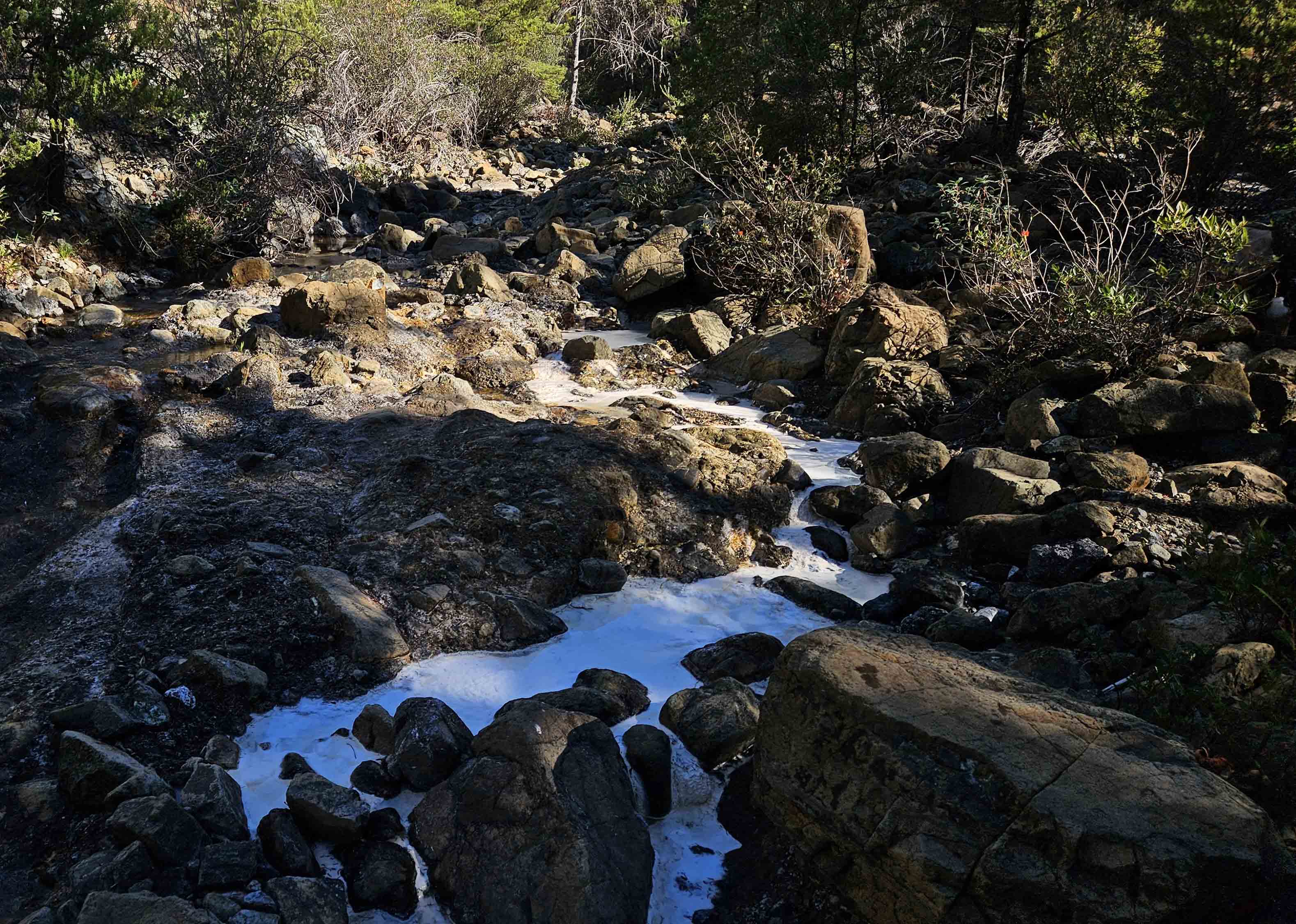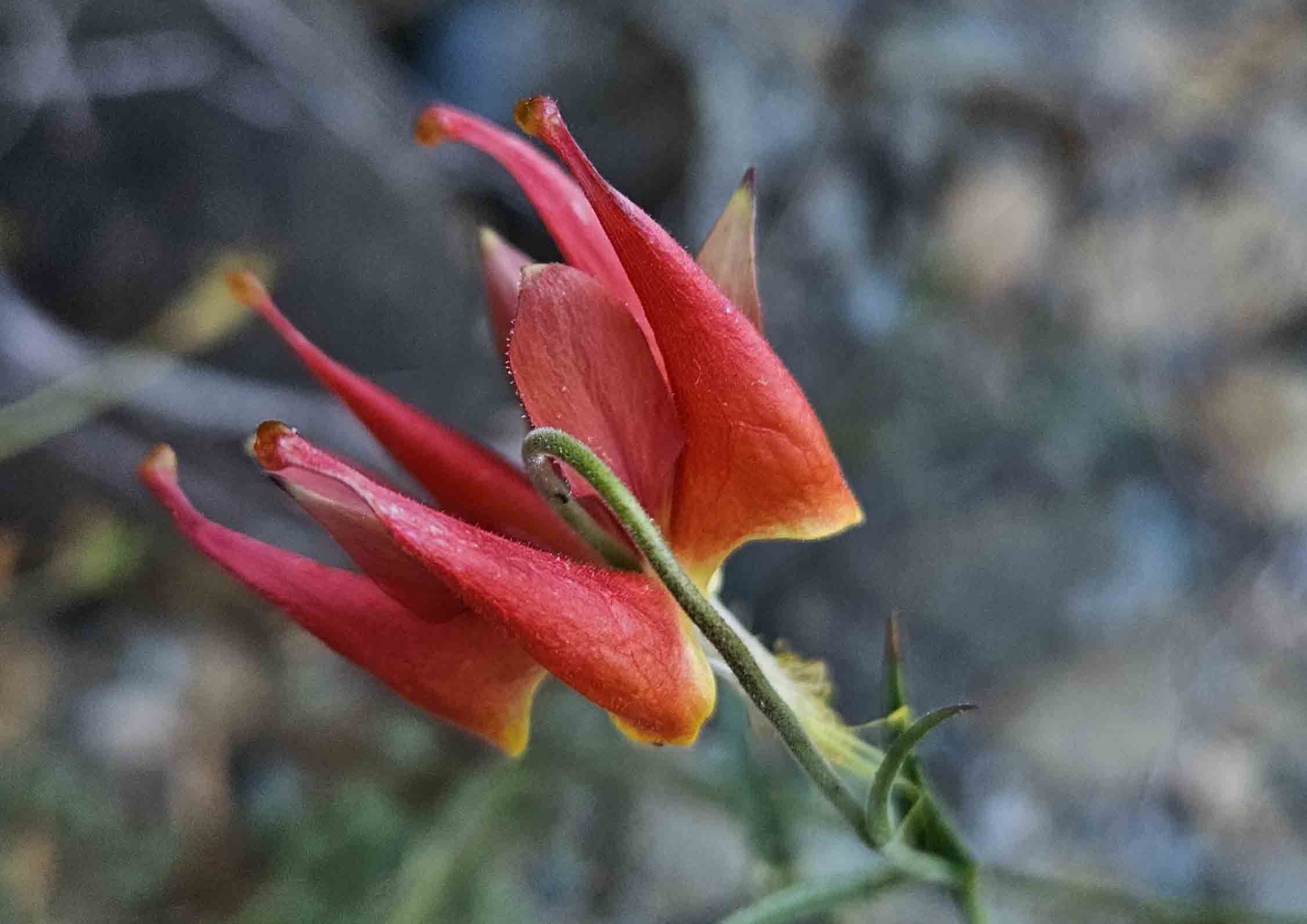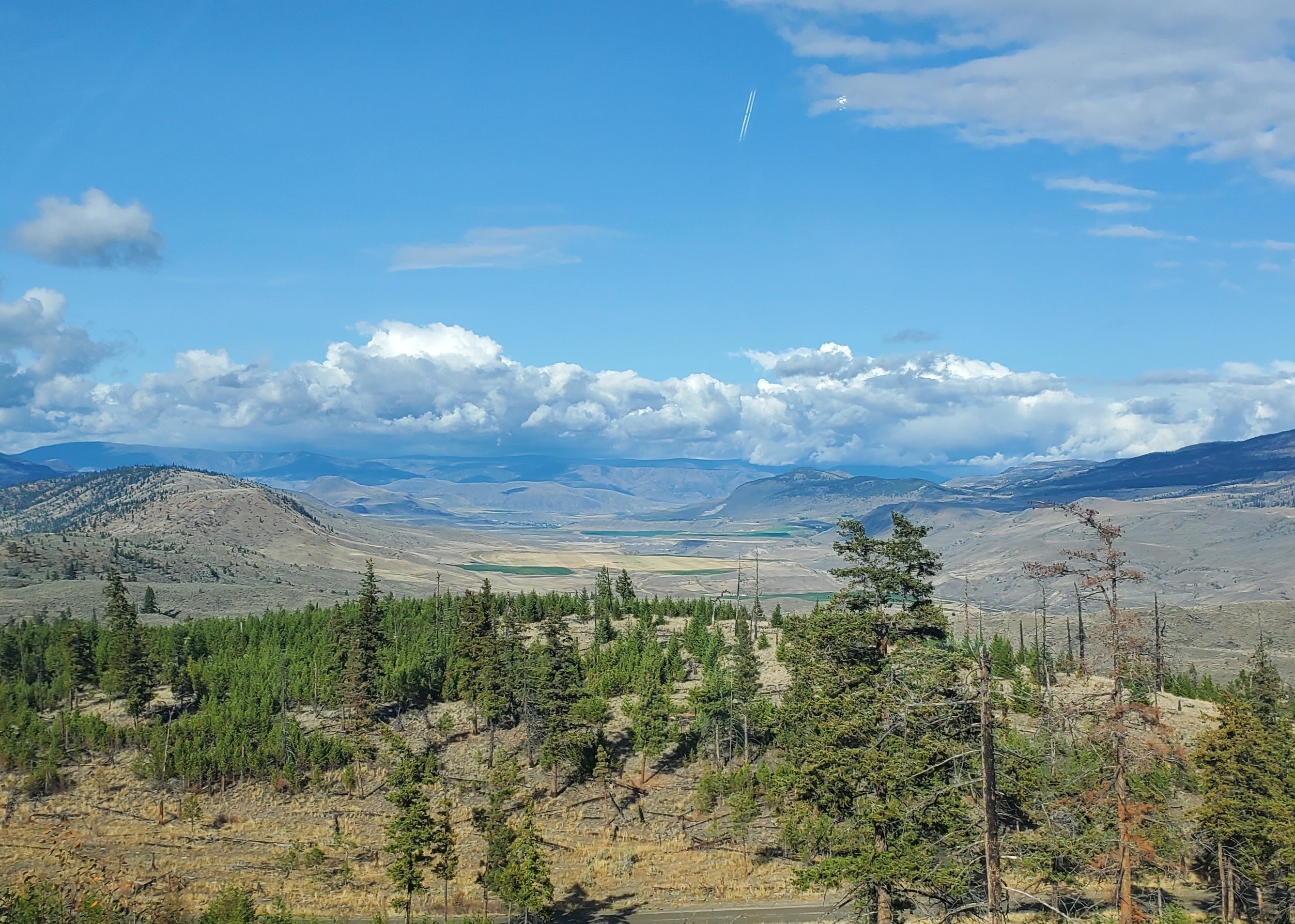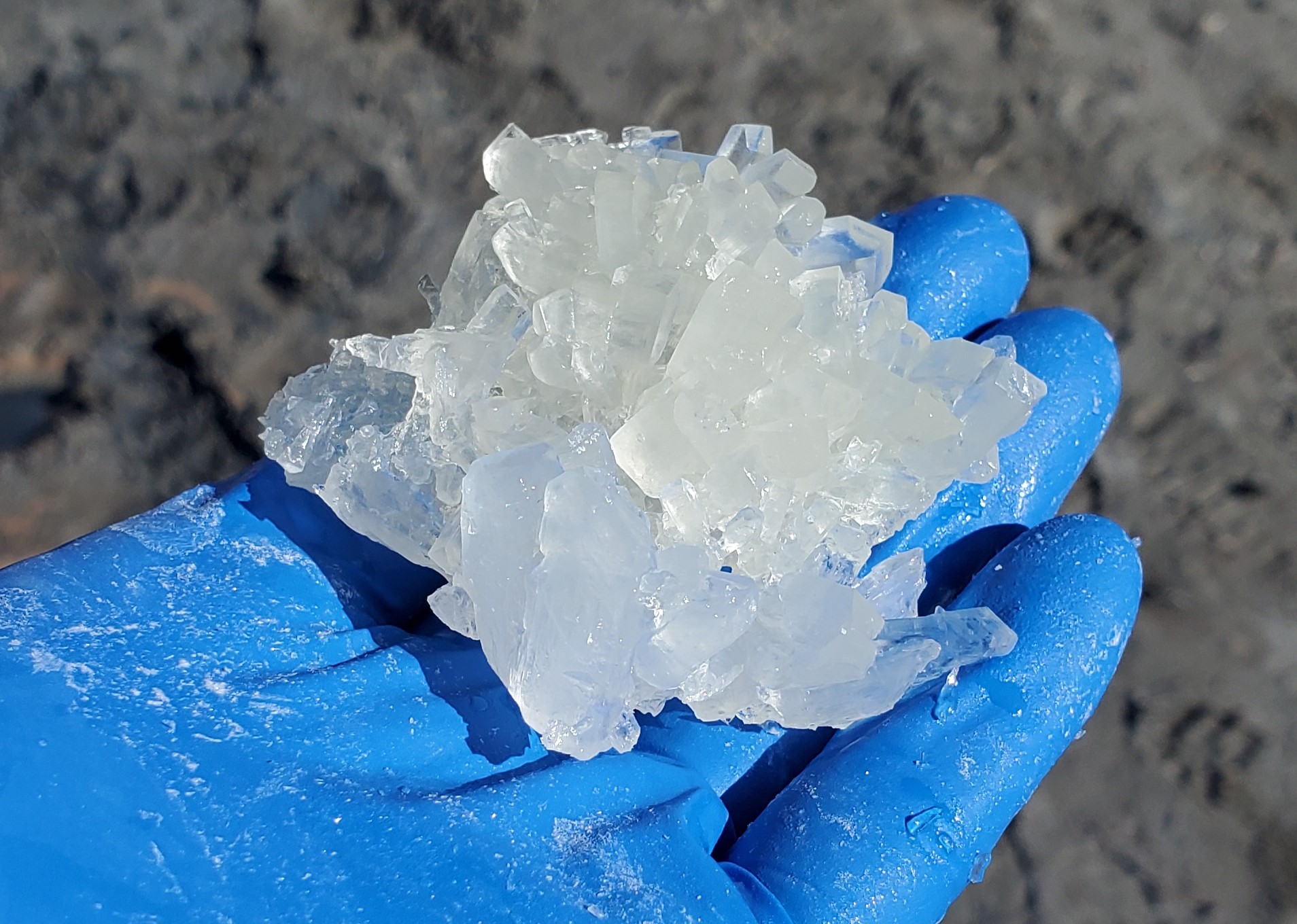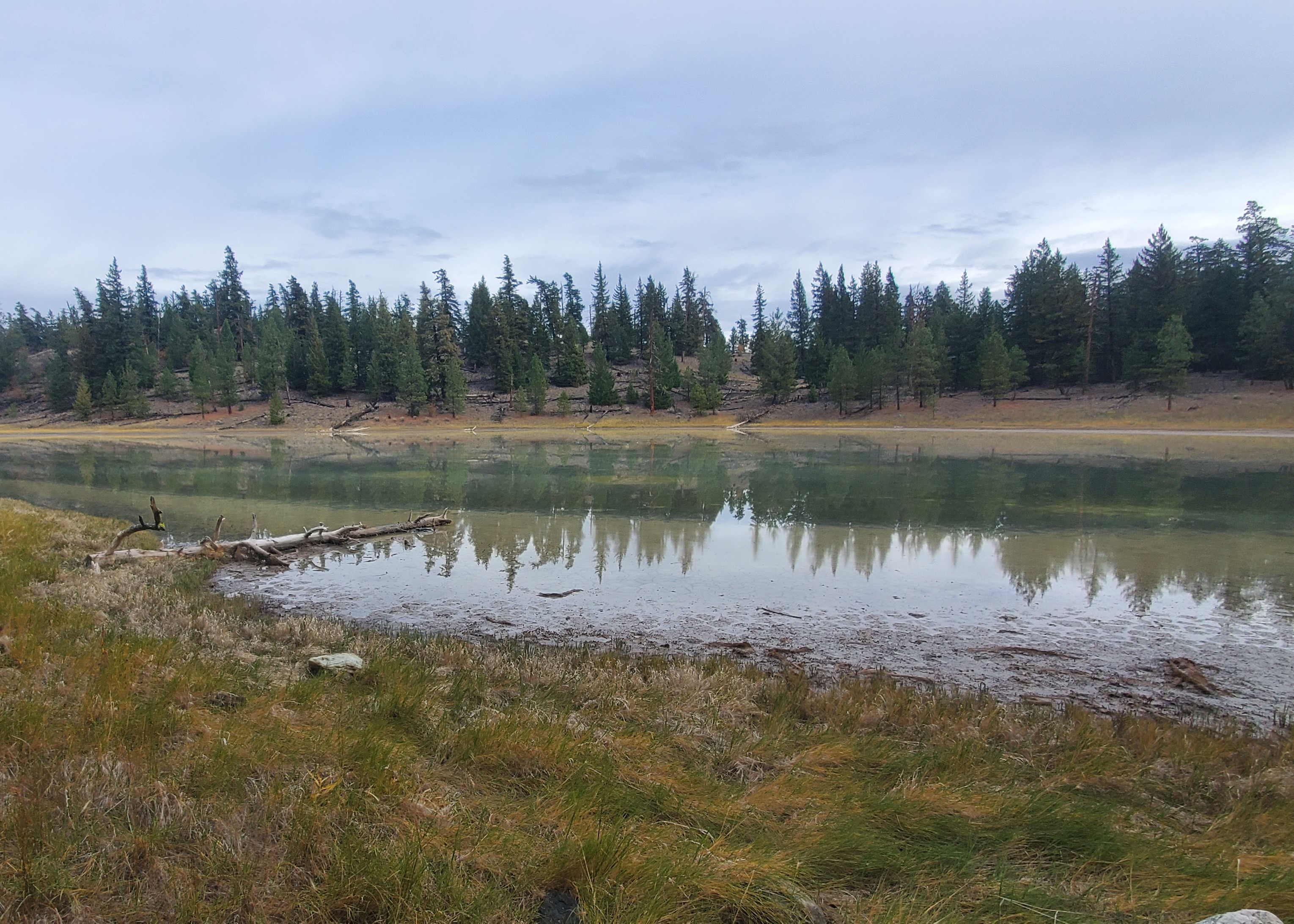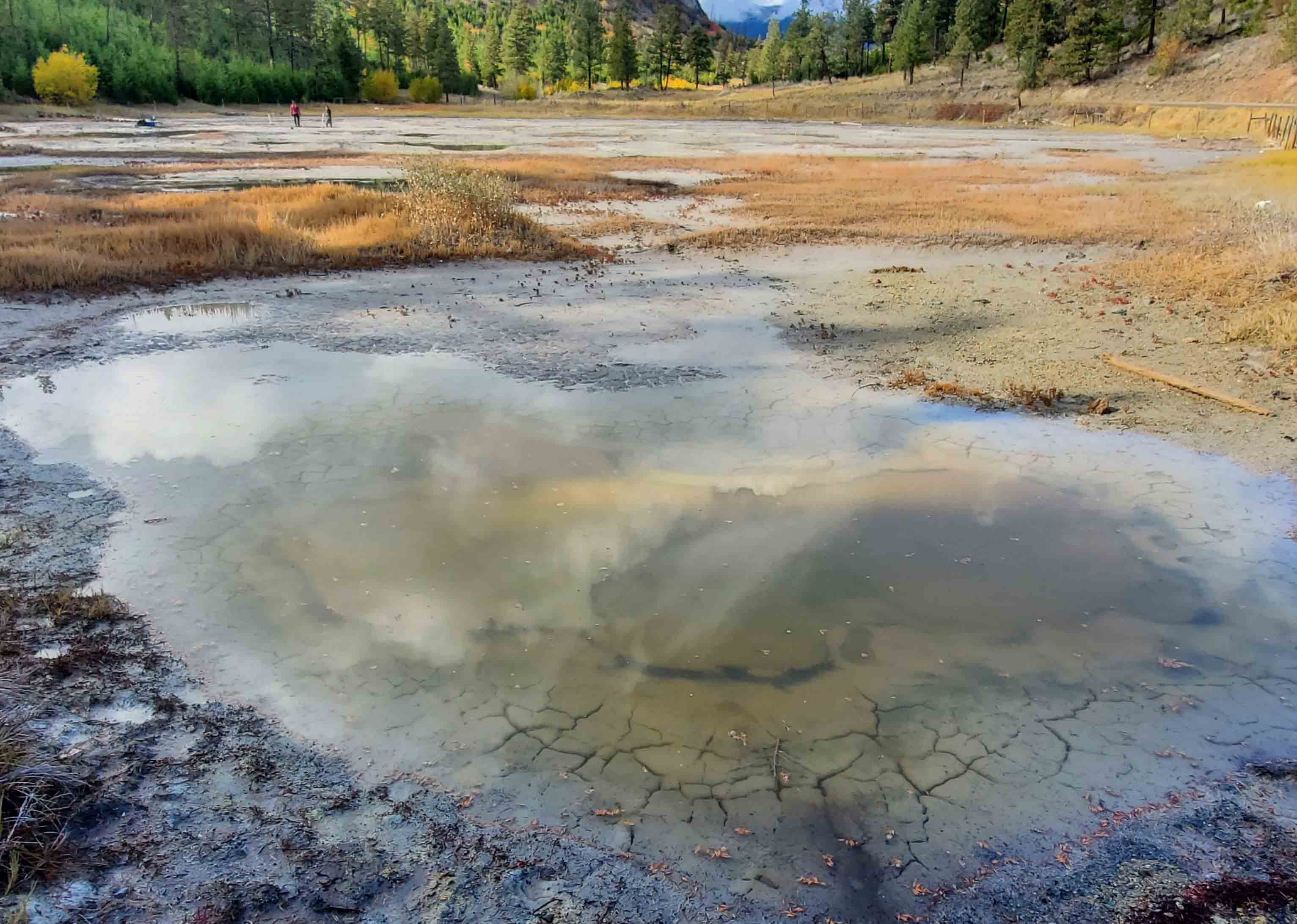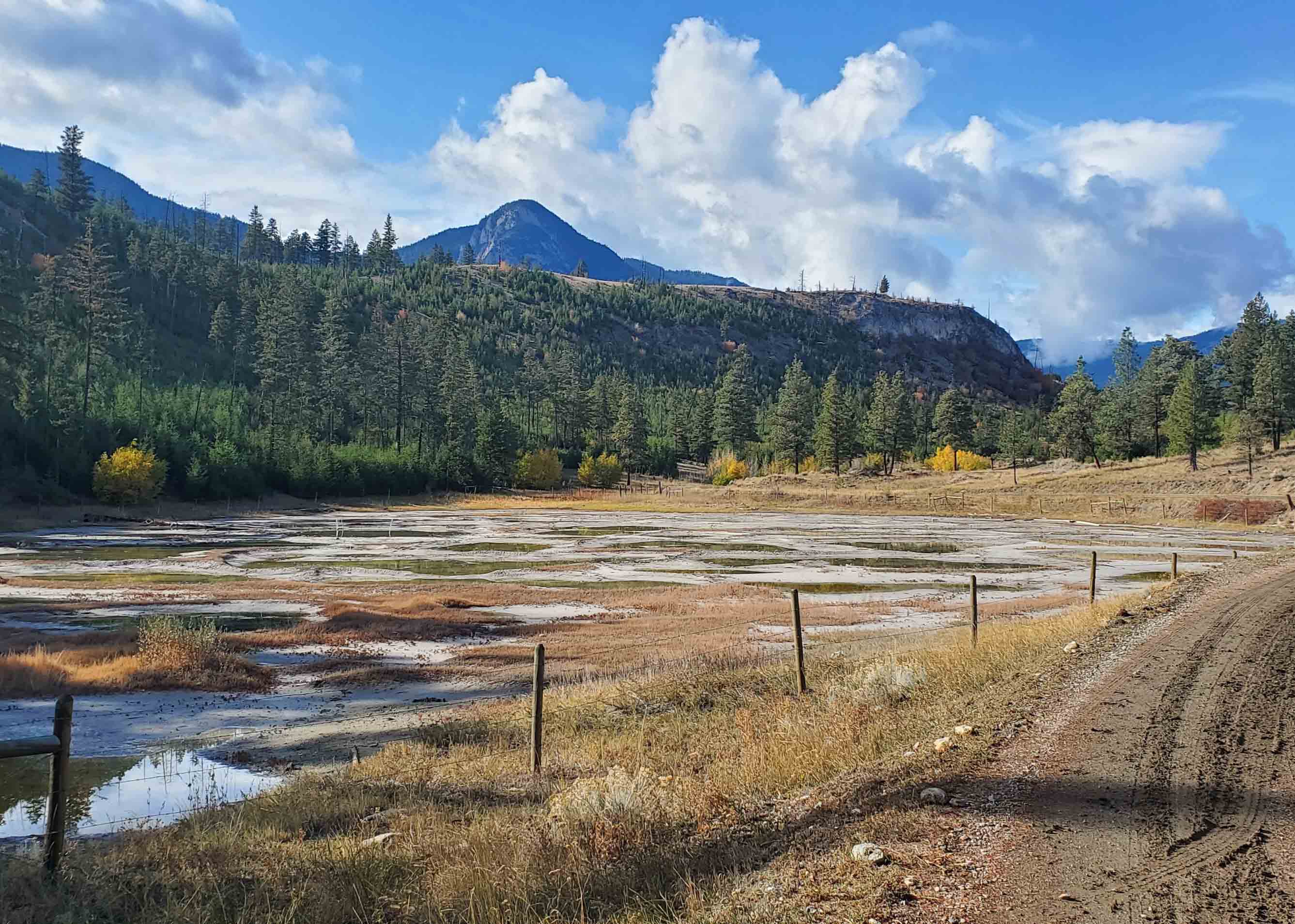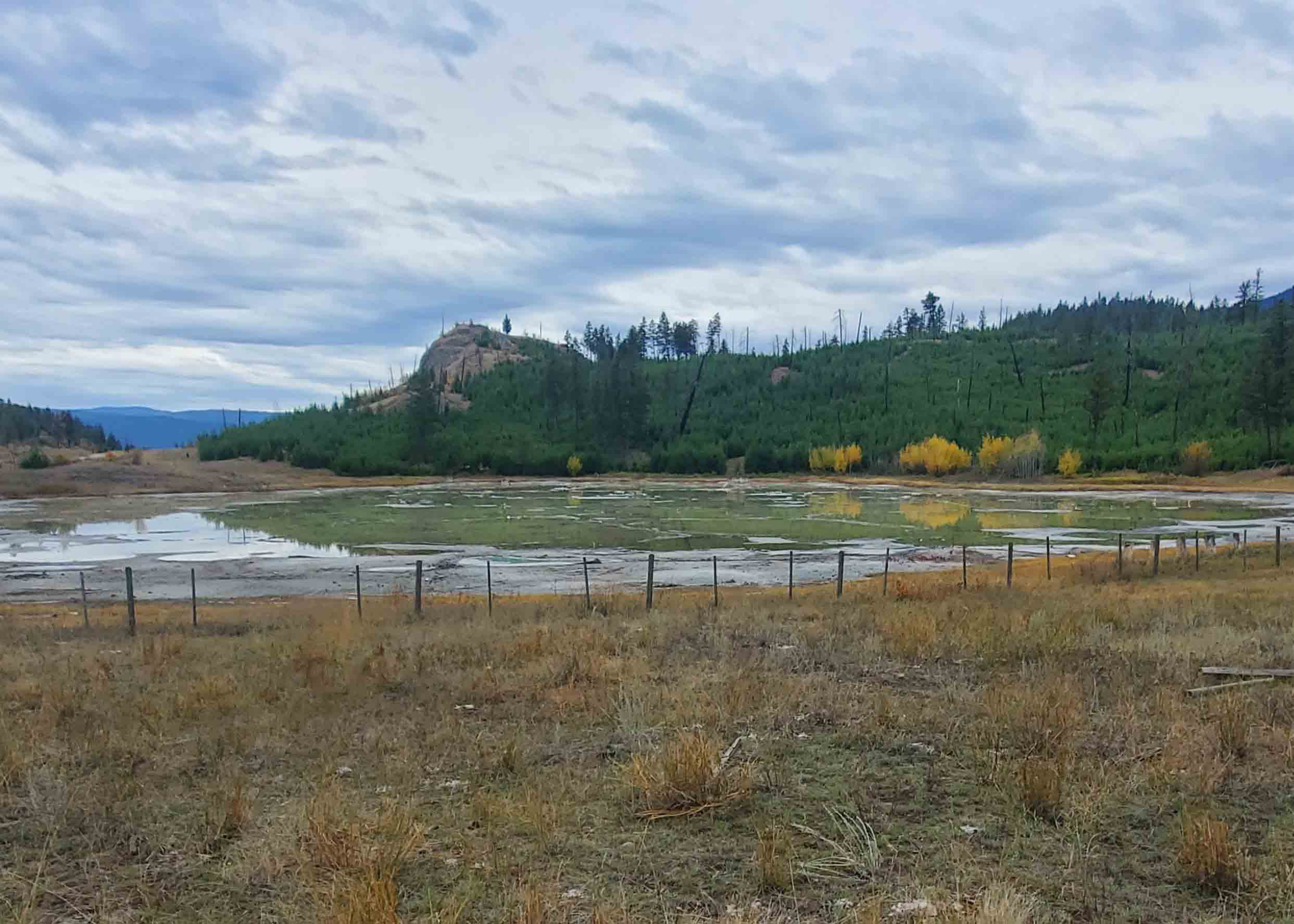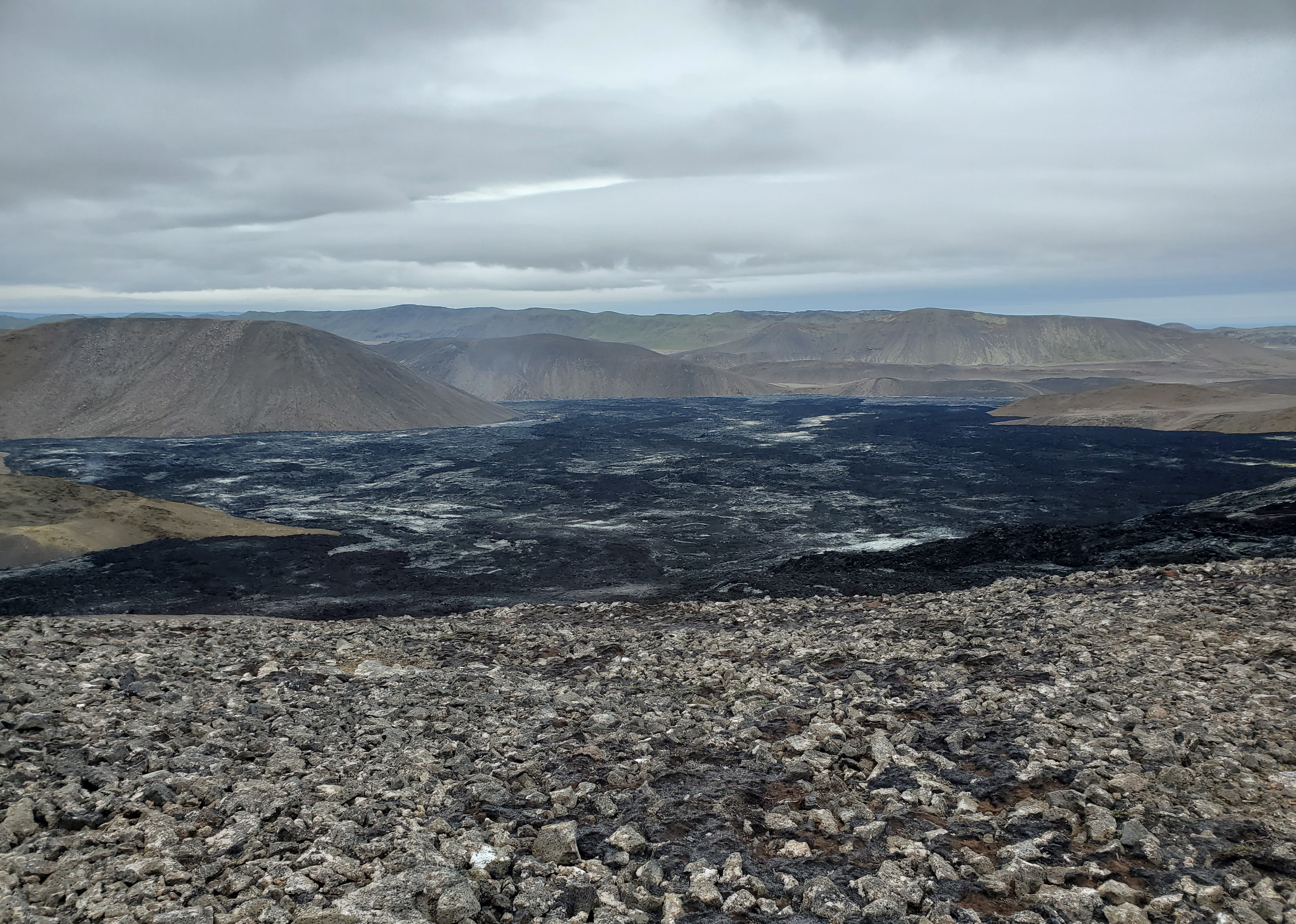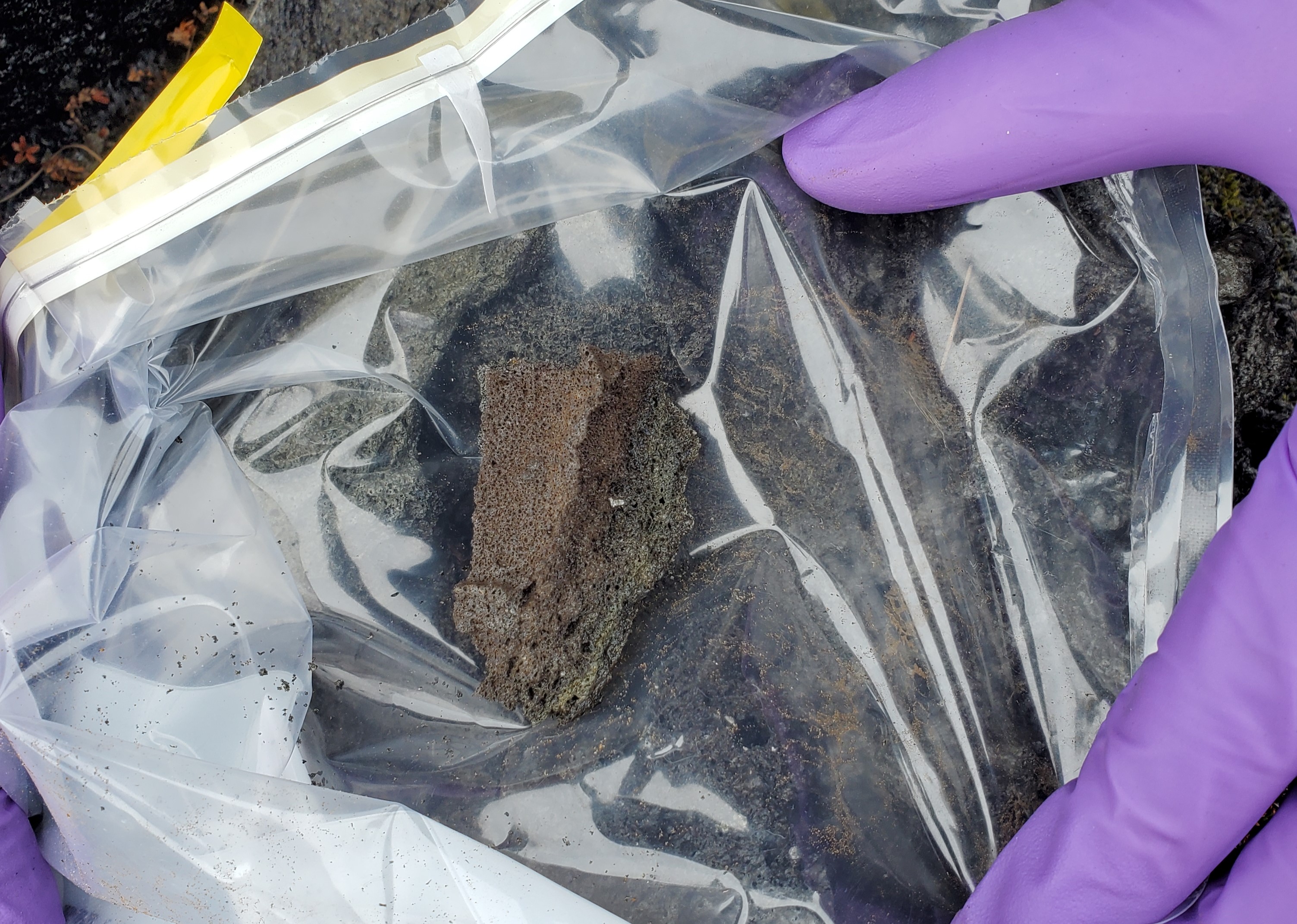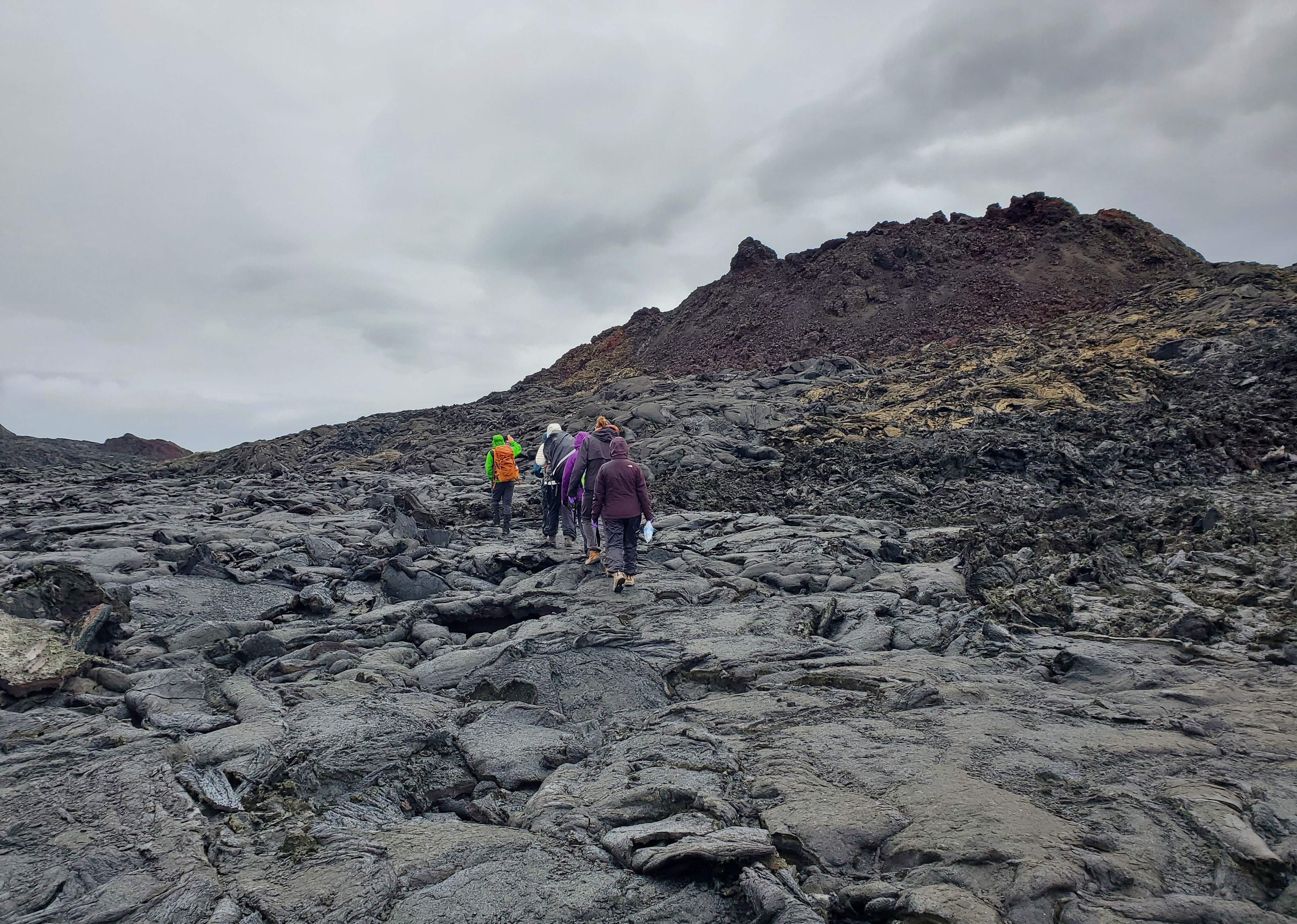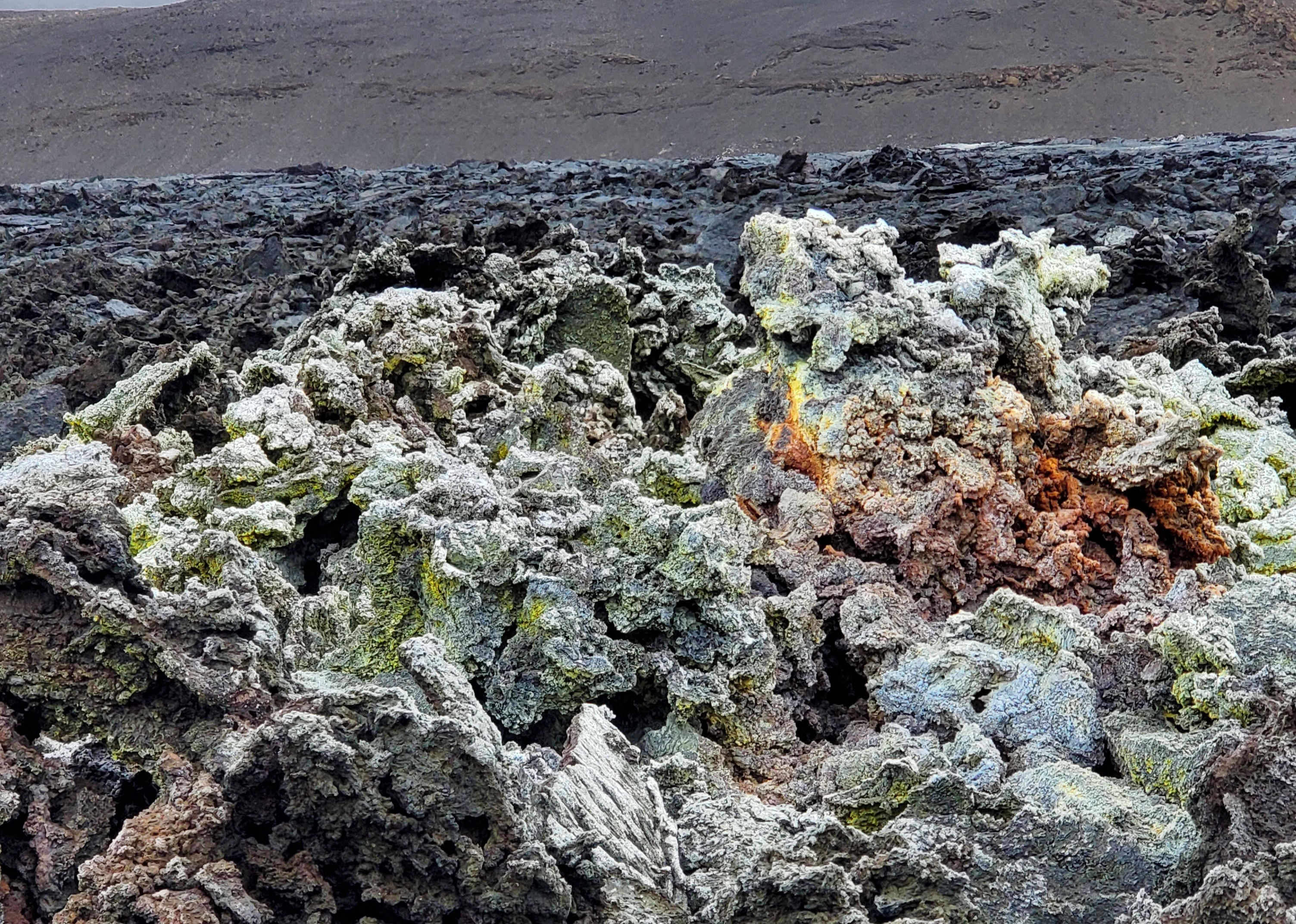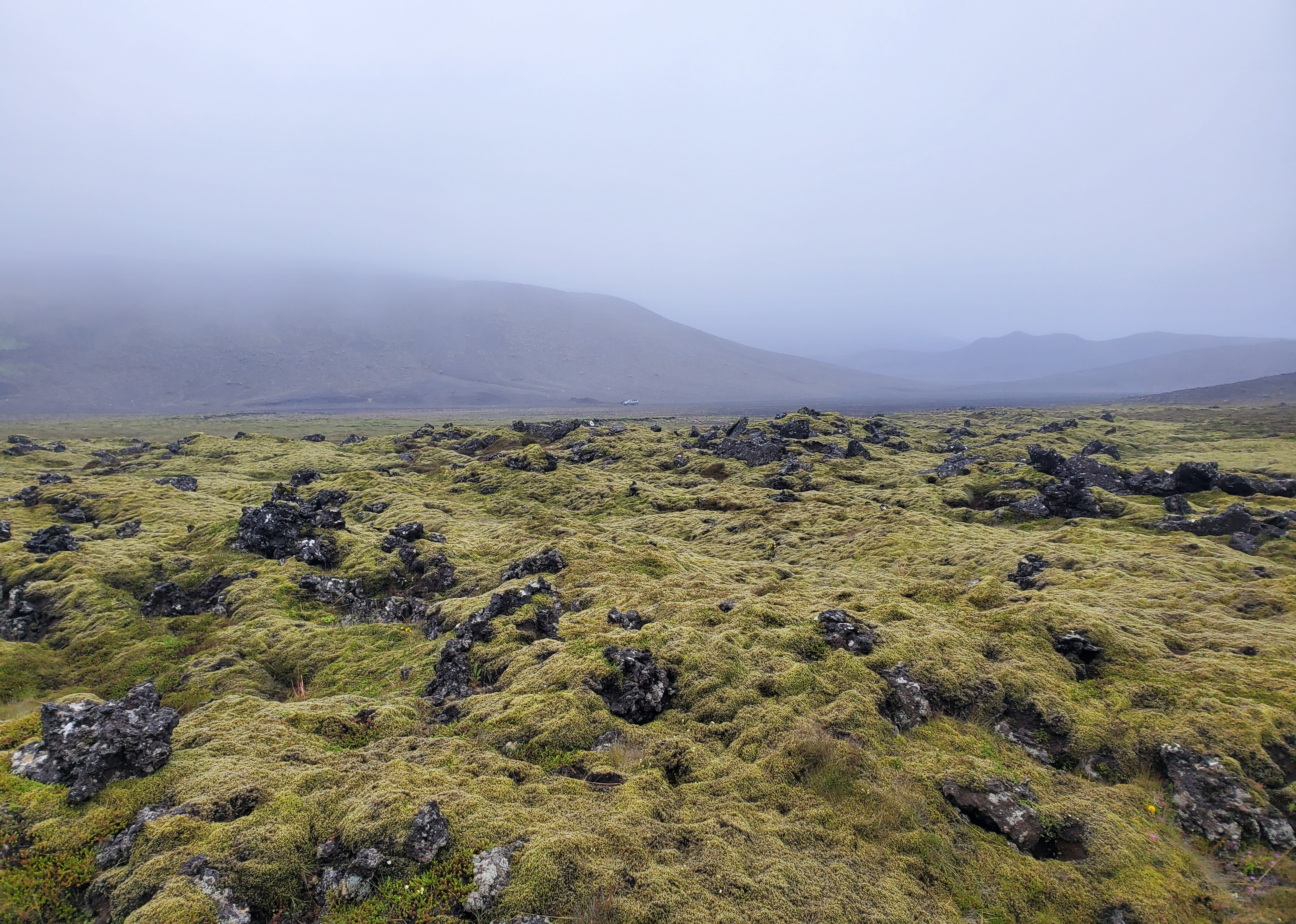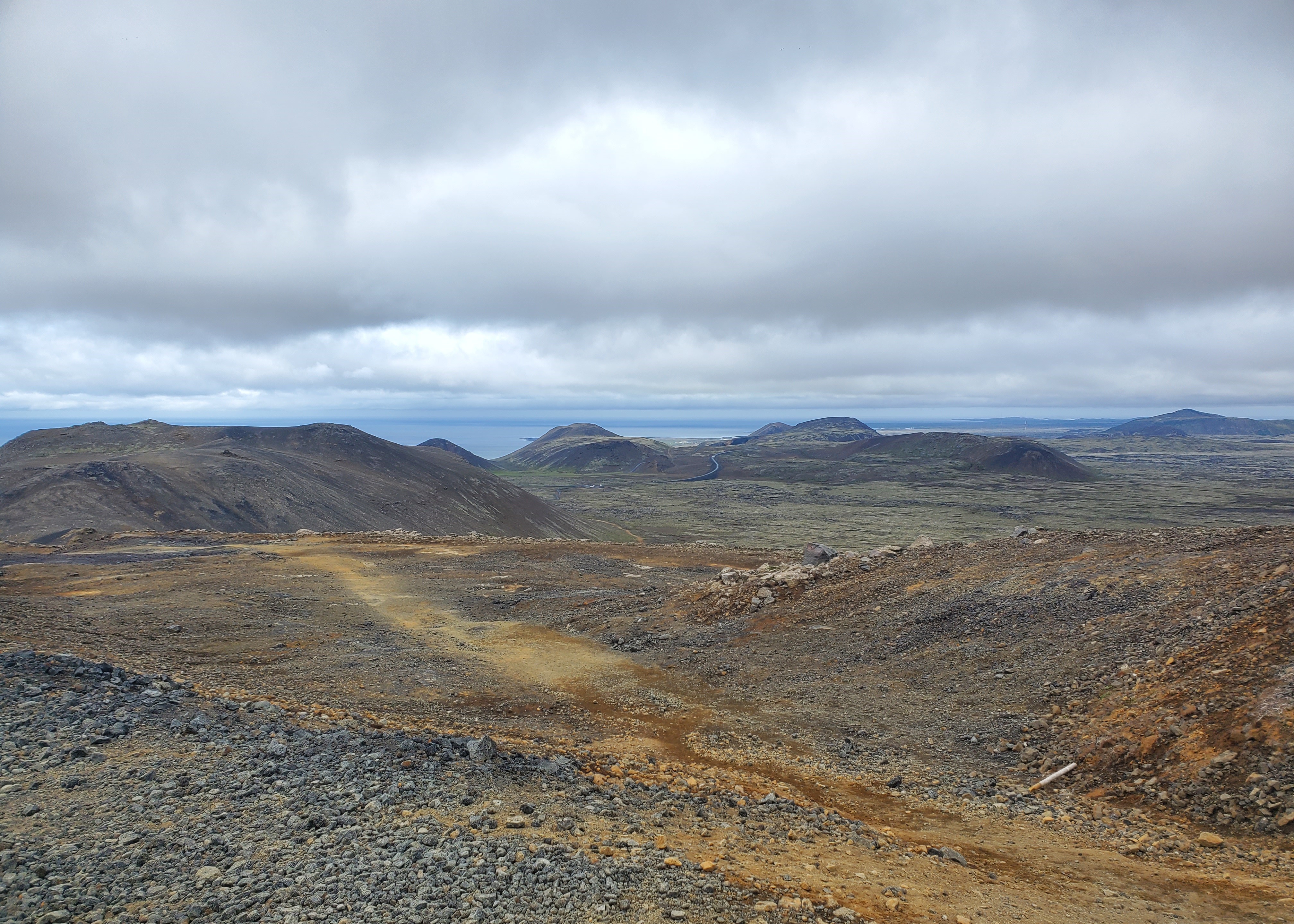The Chilean Triple Junction is currently the only place on Earth where a spreading mid-ocean ridge is being subducted underneath converging plates. In November 2024, we sailed on the Schmidt Ocean Institute's R/V Falkor (too) to explore this unique geological region in search of hydrothermal vents, methane seeps, and deep sea canyons. Despite the notoriously rough seas, we discovered new seeps, canyons, and a variety of flora and fauna species using the onboard ROV Subastian. We ended the cruise through the historic Strait of Magellan, which provided safe passage for ships travelling between the Atlantic and Pacific Oceans before the Panama Canal was built.
About
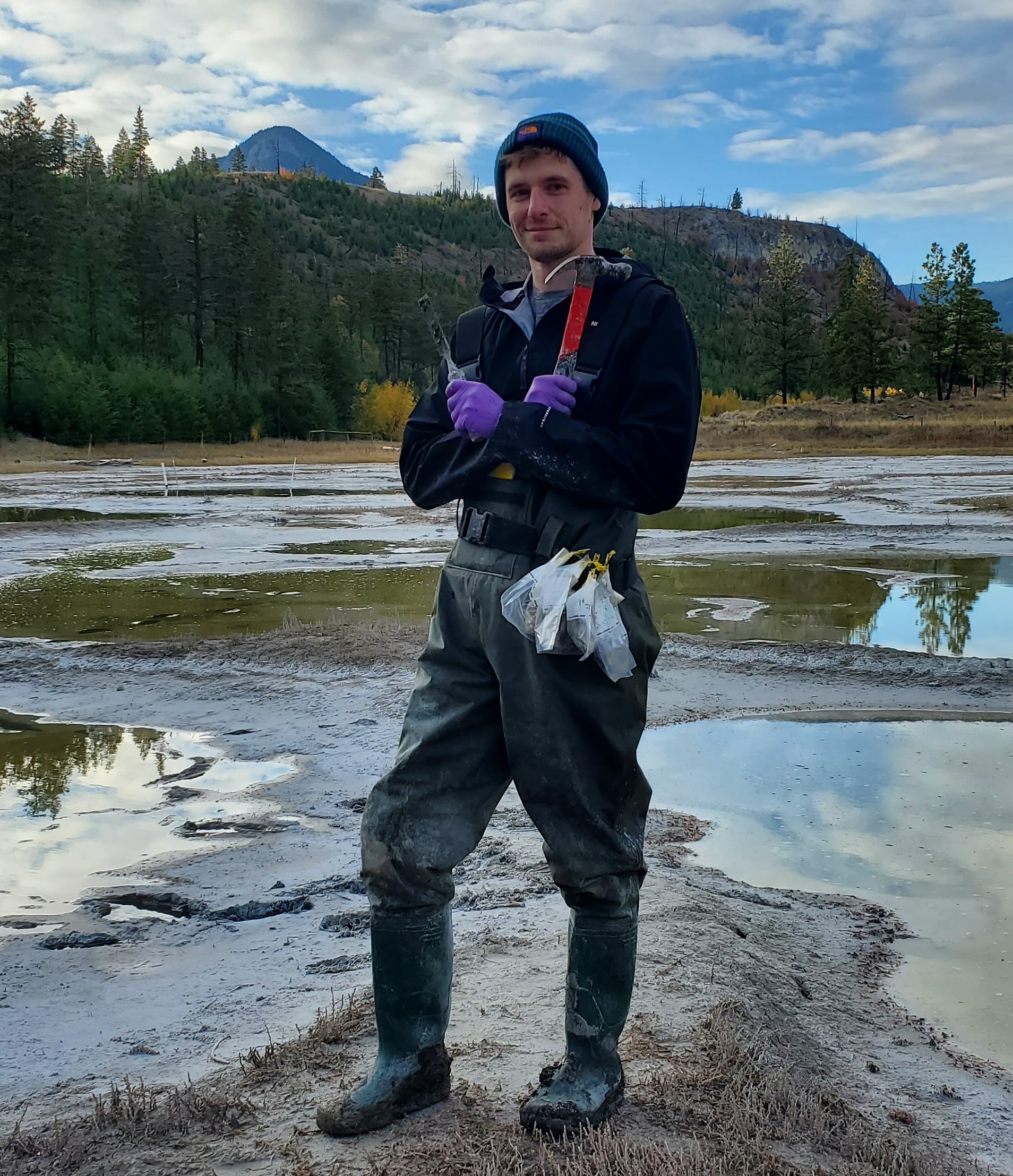
I am currently a Biology Ph.D. student in Jeff Marlow's Geomicrobiology lab ! I recieved my B.S. in Astrophysics and Biochemistry & Molecular Biology from Michigan State University in 2019 in pursuit of a career in Astrobiology and the NASA astronaut program.
I've tried on many different "hats" throughout my research career. From my humble beginnings as a telescope operator at the Michigan State campus observatory to now studying microorganisms in the strangest corners of the world at Boston University, these experiences have provided an interdisciplinary perspective that I channel into my research. Currently, I'm trying to understand the metabolic, geochemical, and mineralogical parameters that enable microorganisms to live in extreme environments. These places and the life they host can tell us a lot about the origin of life here on Earth and the potential for life elsewhere.
Outside of academia, I enjoying hiking, scuba diving, and sailing!
